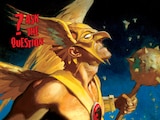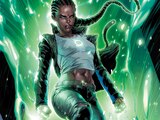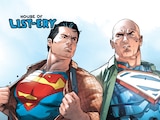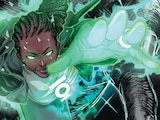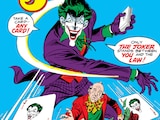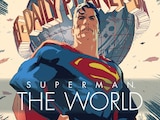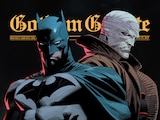SPOILER ALERT: The following article contains spoilers from the final episode of Watchmen and the final issue of Doomsday Clock.
HBO’s Watchmen came to a brilliant close this week, prompting plenty of conversation among fans about the show’s themes, twists and ambiguous ending. With the dominance of streaming, it’s rare to see television provoke this kind of collective discussion anymore, so let’s take a moment and appreciate what Damon Lindelof and his team of gifted writers, producers and directors pulled off. Watchmen is easily HBO’s buzziest show since Westworld and the most ambitious, intelligent and imaginative comic book show in…well, probably ever.
And I suspect that millions of viewers who watched the finale this week have no idea that there was a second Watchmen sequel that ended this week as well.
I’m talking, of course, about Doomsday Clock, Geoff Johns and Gary Frank’s twelve-issue continuation of the Watchmen graphic novel. I’m not going to speculate on which of the two Watchmen projects is better—both are excellent. But it is fascinating that they arrived more or less at the same time. HBO ordered the pilot for its Watchmen series in the fall of 2017, around the same time Doomsday Clock #1 hit stands, suggesting that the ideas behind both were germinating at the same time.
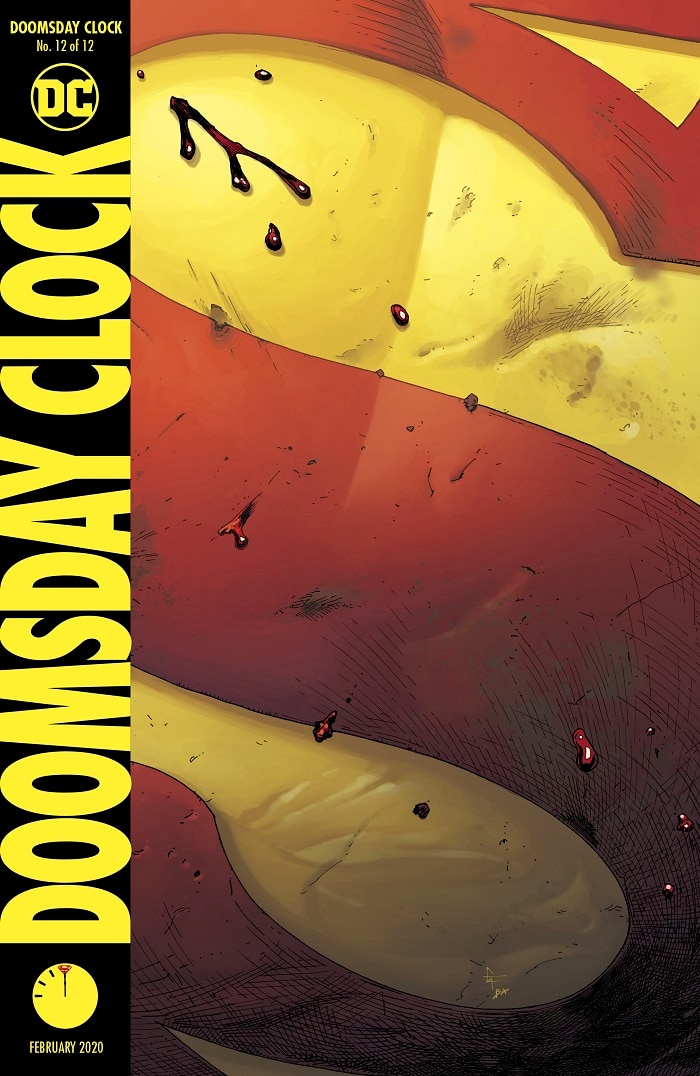
Alan Moore and Dave Gibbons’ Watchmen debuted over thirty years ago, so why is now seemingly the time to return to it?
Well, in fairness, we should acknowledge that this isn’t the first time that Watchmen has come back. Obviously, there was the 2009 Zack Snyder film and the 2012 Before Watchmen spinoffs, but this is the first time anyone has attempted to continue the story that ended with Rorschach’s journal being delivered to the New Frontiersman in Watchmen #12. This is the first time we’ve dared to look at what happened next.
As you probably know, Watchmen was written in the precarious final days of the Cold War. The years from Watergate to the fall of the Soviet Union was a pretty uneasy stretch of American history. After Nixon, Americans lost faith in government, and what seemed to restore it was a projection of national strength backed by a sense of moral righteousness championed by President Reagan and his administration. Nuclear proliferation was a huge byproduct of this, which only fed the fear that lay hidden underneath—for people who had lived under the reality of the American/Soviet arms race since the 1950s, it seemed as if mutual nuclear destruction was just a matter of time.
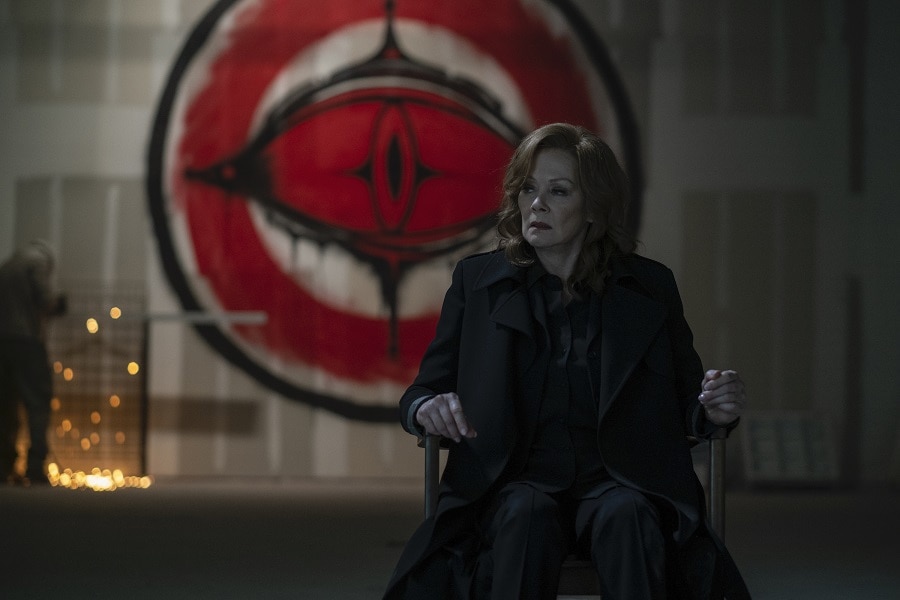
In other words, for all its pastel colors and synth-filled music, the 1980s was a pretty distressing time to be alive. The American economy was booming and there was plenty for people to distract themselves with, but there wasn’t a lot of reasons for hope. Let’s not forget that while Adrian Veidt does save the world, he does so in a shocking act of deceit that results in the deaths of millions. Yes, it unites people, but it unites them around a lie. It’s a complex, nuanced and fascinating ending that was absolutely perfect for the era it was written in.
Now, thirty years later, we find ourselves facing a looming environmental crisis that’s every bit as existential as the (sadly, still present) threat of nuclear annihilation. It’s compounded by widening class divisions and political upheaval that has resulted in a frighteningly divided nation that once again is adopting an “us vs. them” attitude. It is another very distressing time to be alive.
There are clearly some parallels to the world that inspired the Watchmen comic, but there are also some critical differences. As a result, while Watchmen still entertains, informs and critiques as well as it ever has, I wouldn’t say it’s “timelier than ever.” All that Soviet-era stuff is kinda dated, as is its then-novel deconstruction of superhero tropes.
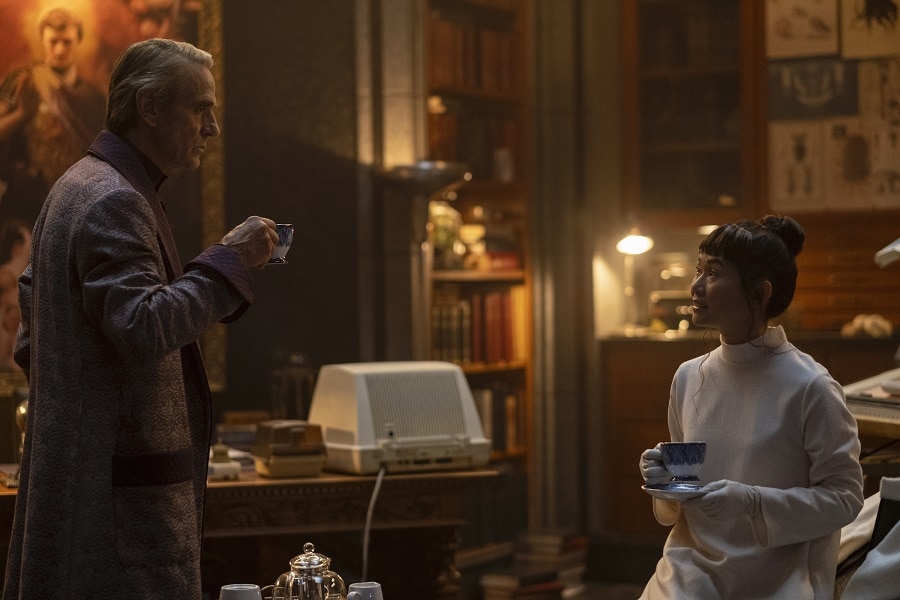
So, to make sure Watchmen continues to speak to people as loudly as it did when it was first created, you almost have to update it. But rather than adapting the existing story to address modern-day issues, it ultimately seems more respectful to accept it as canon, as something that happened, and to create a new, modern-day story that spins out of it. Uncoincidentally, that’s exactly what both HBO’s Watchmen and DC’s Doomsday Clock do.
Both projects take considerably different approaches, but there are some interesting similarities. One of the most fascinating is that both strongly suggest that for all of his distance and non-intervention in human society, Doctor Manhattan really does seem to need love and family. There’s also Doomsday Clock #12’s hint that its version of Ozymandias may, like the version on the show, have unknowingly fathered a daughter. As she gets older, she even adopts the name “Nostalgia.” (In fairness, it is a pretty great name.)
But I think their most important similarity has to do with their endings. Doomsday Clock ends with Doctor Manhattan’s crucial realization of the important role that superheroes play—particularly Superman—within the Multiverse, while the Watchmen series ends with the suggestion that Doctor Manhattan’s powers could do much more for the world in the hands of someone worthy. In both cases, Doctor Manhattan—who, don’t forget, did nothing to stop Veidt’s plan in the Watchmen graphic novel—dies and seems to pass his abilities on to someone who’s more heroic. In Moore and Gibbons Watchmen, what saves the world is a lie. In Doomsday Clock and the Watchmen TV series, it’s a realization of truth and a noble sacrifice. Both sequels, in a marked contrast to the book that inspired them, end on a hopeful, optimistic note.
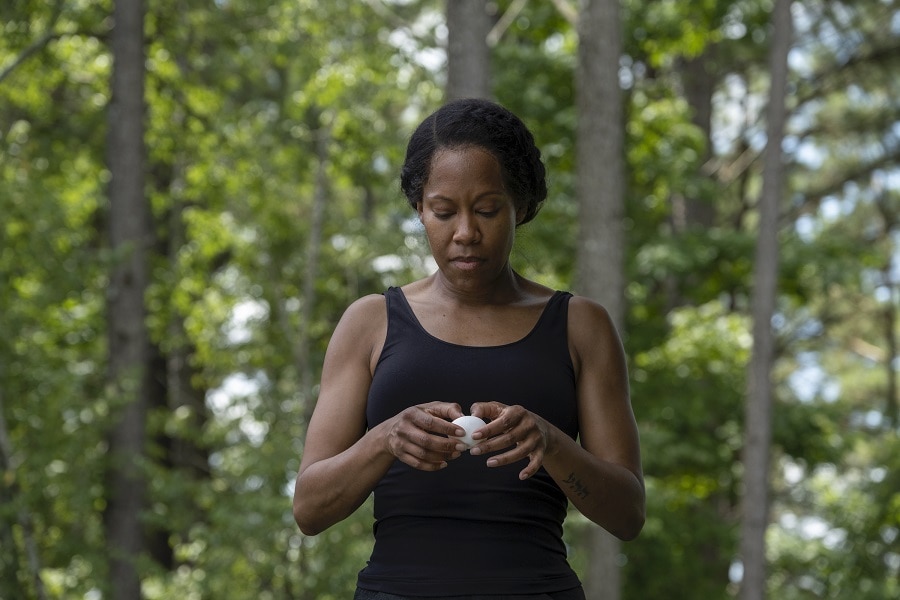
We can speculate as to why that is, but I have a theory. In the 1980s, many of us were blind or willfully ignorant to the threat we lived under, so a cold, brutal wake-up call was very much in order. Today, everyone knows what we’re facing and how bleak things are looking. It’s hope that’s in short supply.
Let me add one more thought. Both Lindelof and Johns also lived through the 1980s. They saw the Cold War end, seemingly against all odds. To paraphrase Laurie Blake in the Watchmen season finale, people always seem to say that the end of the world is near, but we’re all still here. Yes, things may look bleak these days, but history shows we’re pretty good at figuring out ways to get through the bleak times. In choosing to end with hope, Doomsday Clock and HBO’s Watchmen also offer up quite a bit of it.
Watchmen can now be streamed in full on HBO Now and HBO Go. Visit our official Watchmen page for more news, features, articles and speculation on the life and mission of Lube Man.
Doomsday Clock #12 by Geoff Johns and Gary Frank is now available in stores and as a digital download.
Tim Beedle covers movies, TV and comics for DCComics.com and writes our monthly Superman column, "Super Here For..." Look for him on Twitter at @Tim_Beedle.


